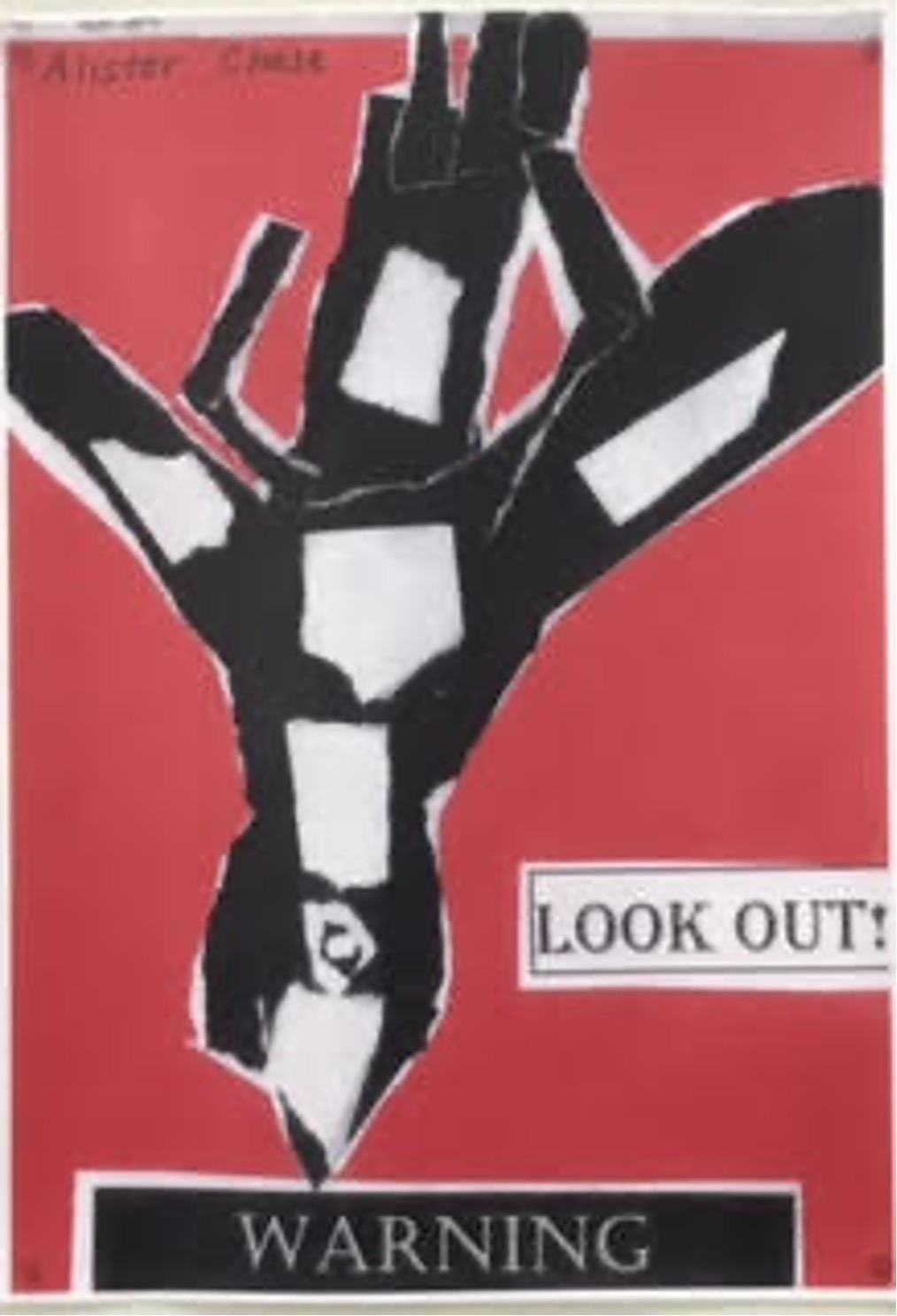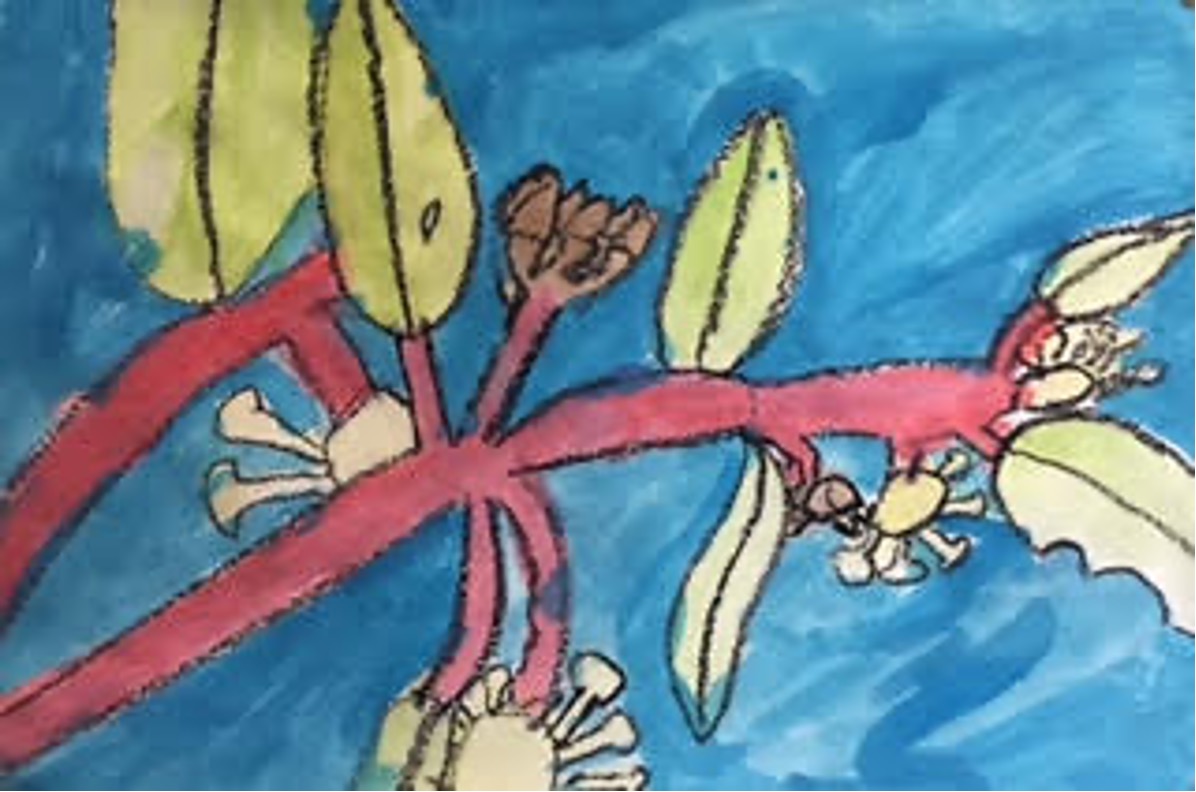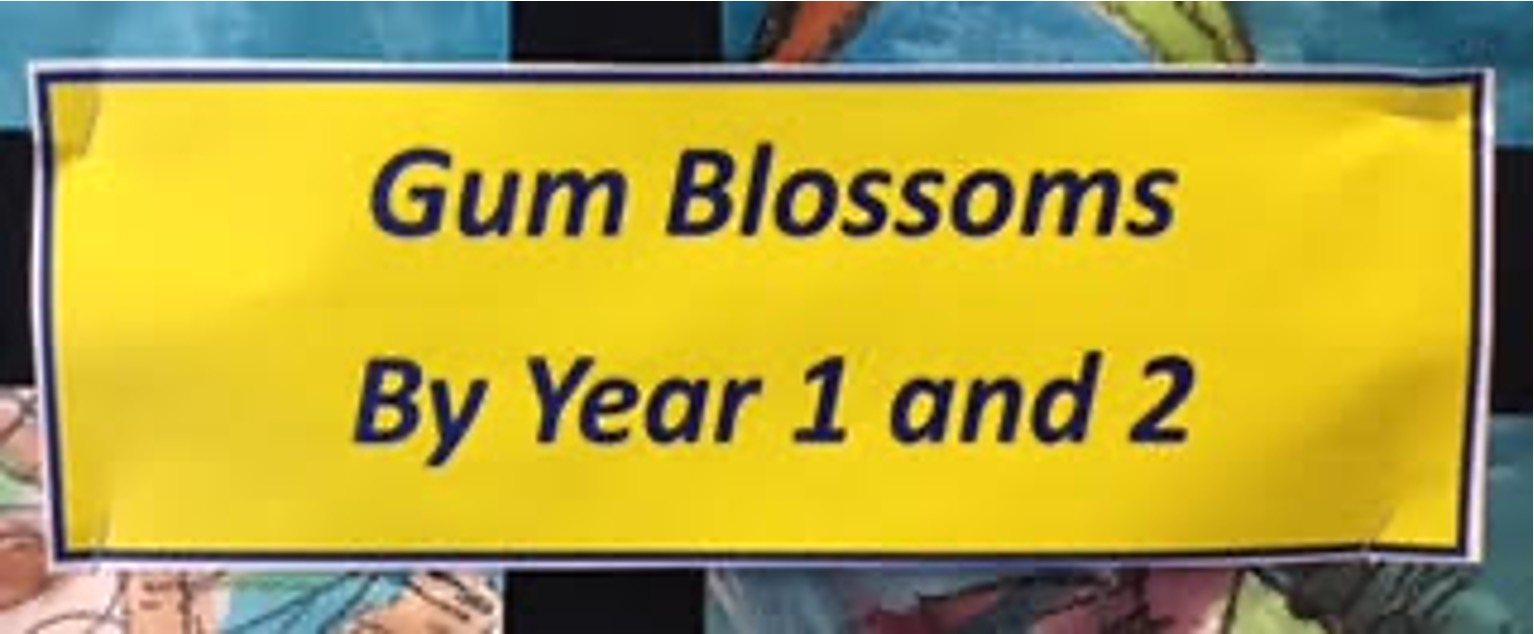This is the title of an excellent paper by Judith Scott, William Nagy, and Susan Flinspach (2008).
I have used this reference in a previous blog on this site, ‘The beginnings of literacy’, and as the basis of our online course, ‘Exploring literacy: Vocabulary’ (available soon).
The paper puts the interactive role of vocabulary learning clearly:
All language learning … is situational and interpersonal. To learn vocabulary, students must have opportunities to read it, hear it, and use it to communicate with others. Context and communicative intent play a central role in vocabulary instruction
Scott, Nagy, & Flinspach 2008 p.195.
At a vocabulary workshop at Mudgee Public School last week (available to all schools through PETAA), we considered questions like:
- when should we start actively teaching vocabulary?
- are students capable of learning the words they need for school success?
- where do we get the words from?
What are we doing about vocabulary?
All children are capable of learning – we know that; it’s that knowledge that makes us effective as teachers.
What new words/ideas/concepts and understandings are our students being exposed to, every day, in our classrooms?
If students are capable of learning new words every day, and need to, as part of their academic literacy identities, then they must have access to them. We cannot continually regurgitate the words that our students already know; that denies academic success, particularly to those children who need it most.
Reading: What are we reading to our children? A diet of simple sentences, too-familiar settings with predictable outcomes, and a vocabulary limited to ‘Tier 1’ words does not do learning justice. We need the chance to say that we find a story hard to understand, or that a new word needs exploration, or that an idea was a surprise. Students need to be able to say ‘I don’t understand.’ ‘How come?’ and ‘Why?’
What are our students reading in class? Texts required for success in learning about reading should move our children’s knowledge and understanding along too. Repeated reading of the same text develops familiarity with that text, but also needs talk about words, structures and ideas embedded within it. Books can introduce new, more academic terms. A range of books about the ‘ways people travel’ in Year 1 can be grouped under ‘Forms of Transportation’; the understandings remain the same, the vocabulary is portable into further learning in senior grades.

Our talk and preparation for writing can explore and use new terms. We can move on from ‘What I did on the weekend’, or ‘Why we shouldn’t have junk food in the school canteen’. Introducing ways to investigate how children in other parts of Australia, or in other countries, might spend their weekends or eat at school extends possibilities.
Vocabulary as words in context
Words come to us in their contexts, and we use them in context. They need to be taught as more than just the sounds we hear or the letters on the page.
Learning is fundamentally and profoundly dependent on vocabulary knowledge (Mackenzie 2017)
As students progress through the school years, in all areas of the curriculum, the language and literacy demands placed on them increase …
So when we consider questions about vocabulary, we look at what our students bring to school, and what sort of vocabulary they need for success.
Starting out
Many children begin their schooling with an interest in words, knowledge of how books work, the language of literature, and a wide range of experiences. Many children don’t have such a rich literacy start.
But all children have their own understandings about language and communication. This is what Scott, Nagy and Flinspach refer to as their ‘literate identity’, dependent on the literacy practices of the communities with which they identify (2008, p. 195).
‘As children learn language they amass a store of words to express and interpret meanings.’
(Winch and Holliday, 2014 p.45).
The more words children are exposed to, the greater their vocabulary.
Vocabulary and reading success
Learning success requires the development of understanding how academic language works – it not just talk written down:
Learning to write and read successfully in the academic register requires an understanding of … [among other things] … how to use an expanded vocabulary to convey meaning
(Fang 2008, in Scott Nagy & Flinspach 2008 p, 185)
Vocabulary is one of the key elements of school success, particularly in reading comprehension. (Baker, Simmons & Kame’ennui 1998; Beck, Perfetti & McKeown 1982; Cunningham & Stanovich 1997; Sprenger 2005; Beck, McKeown & Kulcan 2013).
A student’s maximum level of reading comprehension is determined by his or her knowledge of words. This word knowledge allows students to comprehend text.
What learners need
For 80 – 90% of poorer readers, weaknesses lie in vocabulary and comprehension.
What is also becoming increasingly better understood is that lack of literacy skill, including vocabulary, is not about ability, it’s about access.
Learners need . . . “access to the meanings of words that are used by adults (particularly teachers) and other students, as well as those used in books and multimedia, if they are to participate in their community contexts and learn effectively.”
Daffern, T., & Mackenzie, N. M. (2015)
Word learning resides in children’s environments and experiences: what they see, hear, are told, read, and do.
I suggest that we look very closely at the reading material, the texts, and the conversations about our language that we spend most time on.
Success in any learning area depends on being able to use the significant, identifiable and distinctive literacy that is important for learning and representative of the content of that learning area (ACARA, 2016).
The National Literacy Learning Progression 2020 p.5 (citing Australian Curriculum)
Our modelling of the language we want our students to learn about and use begins at the beginning.
The teachers at Mudgee have satisfied many of their concerns. I look forward to hearing about their students’ progress.
References
ACARA: Australian Curriculum: English (2016) at https://australiancurriculum.edu.au/f-10-curriculum/english/key-ideas/
ACARA: National Literacy Progression (2020) National Literacy Learning Progression (ofai.edu.au)
Beck, I. L., McKeown, M. G., Kucan, L (2013) Bringing Words to Life 2nd Edition Guildford Press NY
Colorín Colorado | A bilingual site for educators and families of English language learners (colorincolorado.org) Selecting Vocabulary Words to Teach English Language Learners accessed 30 May 2021
Daffern, T., & Mackenzie, N. M. (2015) Building strong writers: Creating a balance between the authorial and secretarial elements of writing, Literacy Learning: the Middle Years, Volume 23(1), quoted inn Mackenzie N. https://noellamackenzie.com/2017/07/28/a-focus-on-vocabulary/ July 28 2017A bilingual site for educators and families of English language learners
Top of Form
Mackenzie, N. https://noellamackenzie.com/2017/07/28/a-focus-on-vocabulary/ July 28 2017
McDonald, L, (2018) A literature companion for teachers, 2nd Edition, PETAA
Scott, J., Nagy, B. & Flinspach, S. (2008). More than merely words: Redefining vocabulary learning in a culturally and linguistically diverse society in A. Farstrup & J. Samuels (Eds.). What Research has to say about Vocabulary Instruction (pp.182-210) Newark, Delaware: International Reading Association at https://vineconsortium.org/wp-content/uploads/2012/More-than-words.PDF Accessed 10/06/2021
Sprenger, M. (2013) Teaching the Critical Vocabulary of the Common Core at What Does the Research Say About Vocabulary? (ascd.org)
Winch, G. & Holliday, M. (2014) Oral Language, Chapter 3 in Literacy: Reading, Writing and Children’s Literature, 5th Edition, OUP










